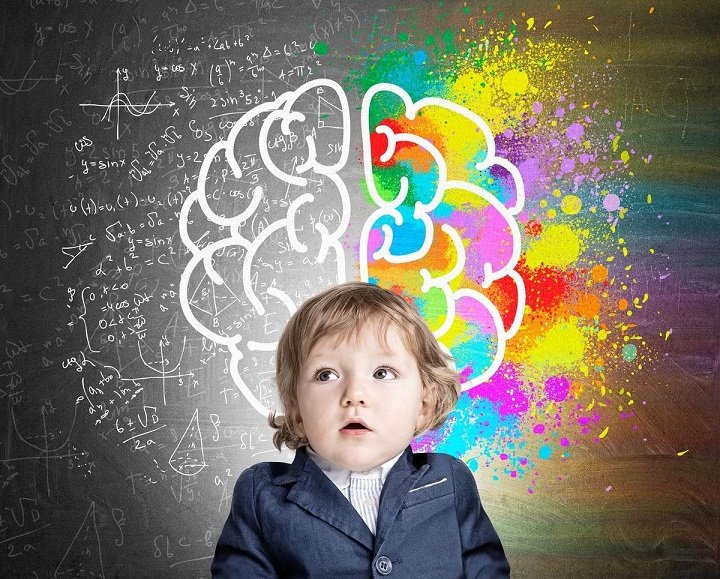Autism Spectrum Disorder

Autism Spectrum Disorder
Autism Spectrum Disorder is a neurodevelopmental disorder that affects social interaction, communication, and behaviour. It is a spectrum, however, so no two individuals with ASD are to be treated in the same way. Symptoms and abilities from ASD vary wildly between cases.
ASD could be noticed and distinguished in children through symptoms like:
- Challenges in communication
- Repetitive behaviours and interests
- Delay in speech development
- Sensitivity to certain sensations, and aversions to certain sounds
- Challenges in understanding and expressing emotions
- Difficulty with transitions and changes in routine.
Any case of ASD may or may not have these symptoms. The simple presence of these symptoms does not confirm the existence of ASD, and the absence of these symptoms does not de-confirm ASD.
ASD can broadly be categorised into three categories:
Autistic Disorder: Also known as classic Autism, this is the most severe form of ASD, characterised by significant social, communication, and behavioural challenges.
Asperger’s Syndrome: Individuals with Asperger’s Syndrome have average or above-average intelligence but may struggle with social interactions, communication and may exhibit repetitive behaviours or intense interests.
Pervasive Developmental Disorder: Not Otherwise Specified (PDD-NOS): This category is used for individuals who do not fully meet the criteria for other ASD diagnoses but still exhibit significant difficulties in social interactions and communication.
Marga has a variety of options for interventions regarding clients with ASD:
- Applied Behaviour Analysis: ABA involves breaking down skills into manageable steps, reinforcing positive behaviours, and fading out undesirable ones. This technique helps children with ASD develop communication, social, and adaptive skills through structured and positive interactions.
- Speech and Language Therapy: Speech therapy focuses on improving communication skills, including language development, speech clarity, and social interaction. It helps children express themselves and connect with others, bridging communication gaps often experienced by those with ASD.
- Sensory Integration Therapy: Sensory therapy helps children manage sensory sensitivities or difficulties commonly associated with ASD. By gradually exposing children to sensory stimuli and helping them regulate responses, this technique promotes better sensory processing and emotional well-being.
- Social Skills Training: Children with ASD often struggle with social interactions. Social skills training teaches them how to read social cues, interpret emotions, and engage in age-appropriate social interactions, fostering meaningful connections with peers and adults.
These interventions are only implemented after rigorous work to determine the type and fixation of ASD presence within the client, to determine the most effective solution possible for the client.






